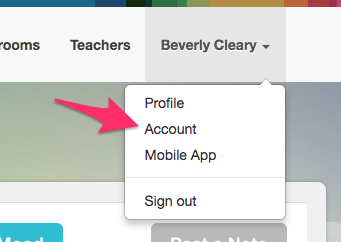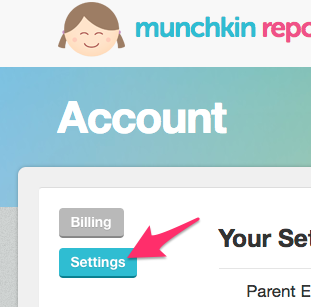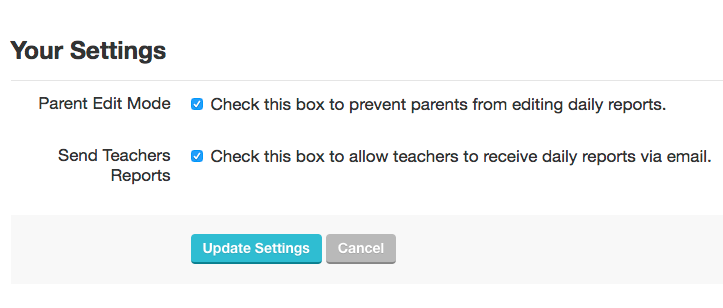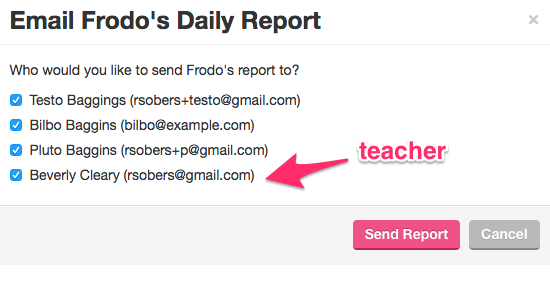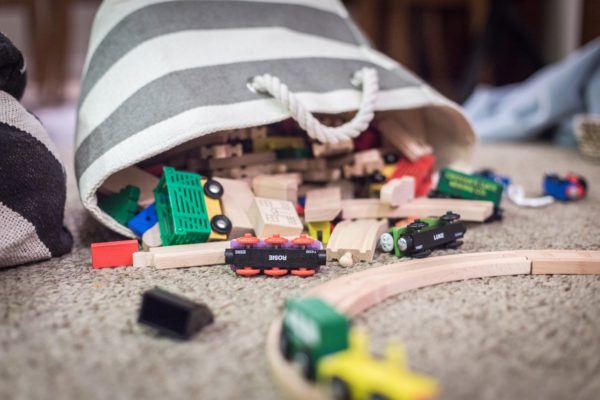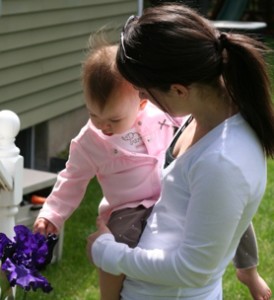My two-year-old is home for the summer. He’s in that not-so-sweet spot of too little for most camps, but maybe too big to just be home with me and his baby sister all day.
Since my days still largely revolve around the baby’s naps, it’s hard to commit to even mommy and me activities.
So, I’ve been trying to plan things at home by making a true schedule of activities. Let’s face it, if I don’t make a schedule that resembles a to-do list, not much will take place other than a lot of boredom! I love Montessori activities because the curriculum incorporates a lot of practical life skills.
He’s at the perfect age where he loves getting more responsibility. It’s good for his confidence and reinforces his role as big brother.
Below are 45 Montessori activities your little one can do each day.
Check out our list, pick your favorites, and enjoy the summer months!
- Go on a nature walk
- Slice fruit/veggies
- Wipe Tables
- Plant seeds
- Cut paper
- Serve food throughout the day
- Do puzzles
- Use dustpan
- Mix (lemonade, oatmeal, yogurt and fruit)
- Practice hand washing
- Sort items in the house (small to large)
- Practice putting on socks and shoes
- Make a bird feeder
- Pick flowers and arrange them
- Wash dishes
- Practice pouring
- Play Memory match games
- Find different textures throughout the house and outside
- Make homemade instruments (tap spoons on Tupperware, strings across paper plates, paper towel roll horns)
- Name the day of the week, month, date and year
- Water plants
- Fold laundry
- Take out trash. Sort recycling throughout the day
- Pick out clothes to wear for the week
- Make bead necklaces
- Practice scooping and transferring
- Use a work mat for all activities. Practice rolling it up and putting in away.
- Make a flag with things about yourself on it
- Report on the weather
- Pick a place on the map and learn 3 things about it.
- Learn some yoga stretches
- Practice buttoning and zippering
- Have a dance party
- Practice manners
- Use tongs throughout the day
- Research the planets
- Identify sounds throughout the day
- Draw letters in a tray of sand
- Walk on a line
- Draw letters in a tray of sand
- Talk about shapes. Identify them throughout the house and outdoors
- Learn about the parts of a tree
- Carry things on a tray or a plate
- Look at and then create art
- Find things that sink or float




